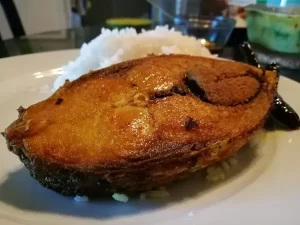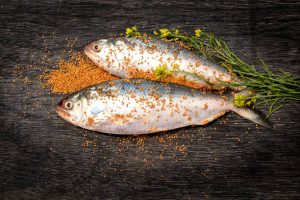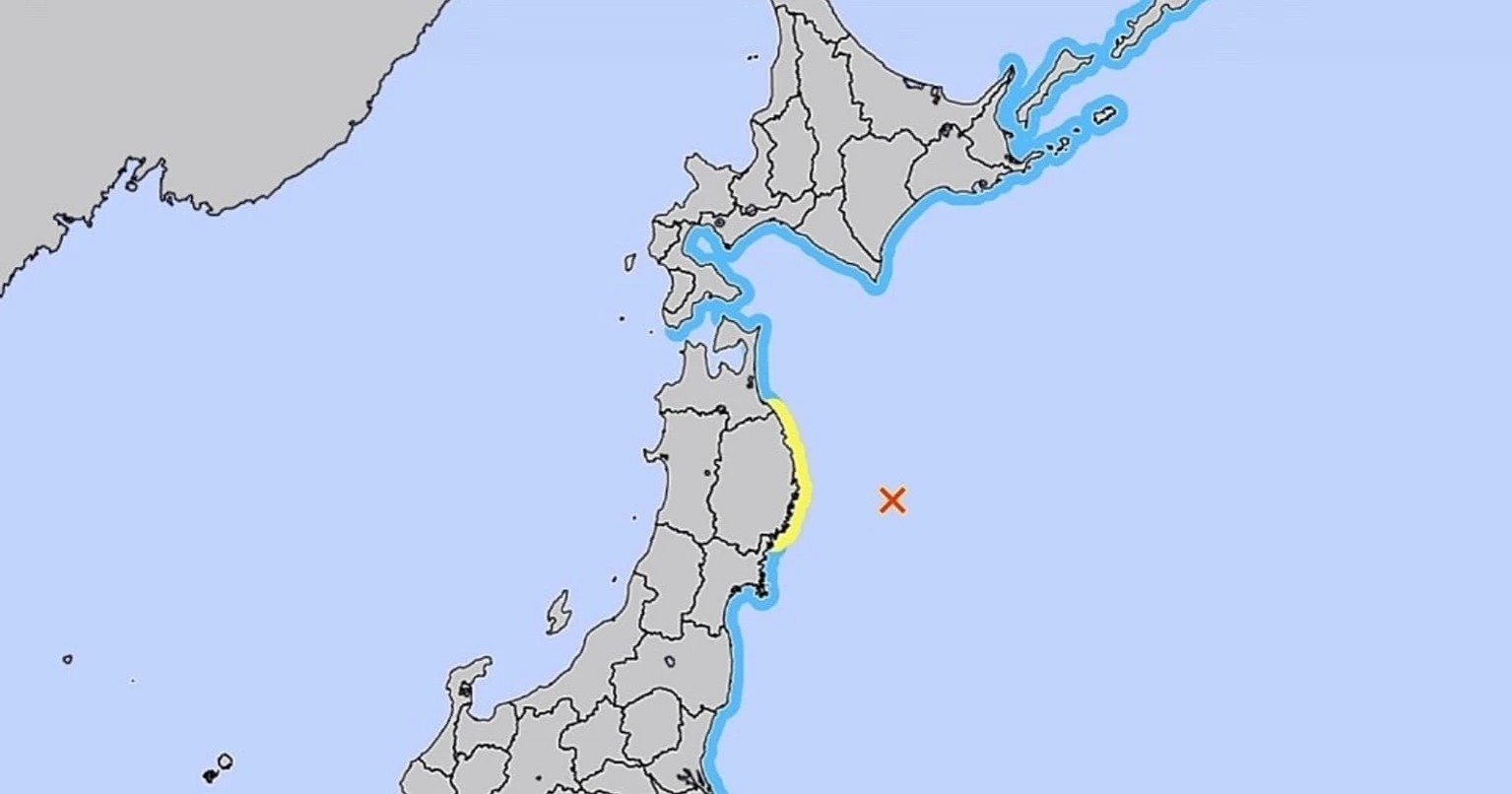Padma Hilsa: The Secret of Its Sublime Taste

Hilsa—an Emotion Shared on Both Riverbanks
Hilsa is far more than a fish; it is an indispensable part of the palate and culture of Bangladesh and the wider sub-continent. Around the “silver magic” of Padma hilsa two questions always arise: What does hilsa eat, and why is the fish from the Padma so uniquely delicious?
What Hilsa Eats: From Plankton to River Silt—the Foundation of Flavor
Hilsa change their diet as they grow. Research shows that juvenile “jatka” feed mainly on diatom and copepod micro-plankton. As adults, their denser gill rakers sieve out fine, drifting plankton such as diatoms and dinoflagellates. They even consume bacteria-coated sand grains from the water column and riverbed, stockpiling significant omega-3 and omega-6 fatty acids in their bodies.
In estuarine zones—especially the Meghna estuary—a delicate balance between plankton density and salinity helps hilsa build complex poly-unsaturated fatty acids (PUFAs). These PUFAs create the oily texture and the signature, delicate aroma often called “hilsa bloom.”

Why Is Padma Hilsa Unparalleled in Taste?
Current-Driven Musculature
To spawn, hilsa swim far upstream against the Padma’s powerful current. This “hard-work swim” develops fine muscle fibers, which cook down into a soft, buttery texture.
The Salinity-Silt-Glutamate Equation
Padma water is comparatively low in salt. Minerals and silica in the river’s fertile silt enrich the quality of plankton. That in turn boosts glutamic amino acids inside the fish, deepening the umami flavor.
A Surge of Beneficial Fatty Acids
Recent nutritional profiling shows Padma hilsa contains higher ratios of palmitoleic and oleic acids than sea-caught or other river hilsa, giving the melt-in-the-mouth sensation. A balanced DHA- and EPA-rich omega-3 profile adds a mild, sweet nuance to the aroma.
A Possible Genetic Sub-Stock
Scientists at the Bangladesh Fisheries Research Institute (BFRI) and elsewhere suggest that hilsa from the Padma may constitute a separate genetic sub-stock—one that could naturally generate the very compounds responsible for its celebrated flavor.

From Sea to River: The Astonishing Life-Cycle of Hilsa
Birth and the Spawning Journey
Hilsa are anadromous—they live most of their lives in the ocean but spawn in fresh water. During the monsoon and spring, mature fish leave the Bay of Bengal, enter the Padma-Meghna-Jamuna river system, and swim 50–100 km upstream. Flow rate, temperature (25–28 °C), and lower salinity create ideal spawning conditions.
The Jatka Stage
Eggs hatch within 20–25 hours. In 15–20 days the larvae reach 2–4 cm and are known as jatka. Floodwaters rich in plankton help them grow rapidly.
Seaward Migration and Adolescence
At 4–6 months (15–16 cm long), jatka ride the swift current back to the estuary. They mature in the sea for 1–2 years, feeding on protein-rich crustacean larvae and small fish until they weigh 800 g to 1.5 kg, then return to the rivers to spawn.
Return to the Ocean
After releasing eggs, most hilsa head back to the sea, though a few remain upriver. The cycle repeats annually, and the fish can continue spawning for five to seven years.

Diet, Taste, and Life-Cycle—All Intertwined
Hilsa feed mainly on plankton. Once inside fresh water, the river’s chemistry alters, reshaping how fatty acids and amino acids accumulate in their flesh. The Padma’s strong current, fertile silt, low salinity, and plankton richness create a natural “marinade” that makes its hilsa exceptionally tasty even before it reaches the kitchen.
Safeguarding the Silver Treasure
Hilsa flavor chemistry is natural—and fragile. Reduced river flow, pollution, and excessive sand extraction could threaten this gourmet paradise. Protecting spawning adults and jatka, preserving normal river flow, and practicing science-based fishery management are essential. Otherwise, “Padma hilsa” may fade from reality into wistful memory rather than remain a living delight.




















